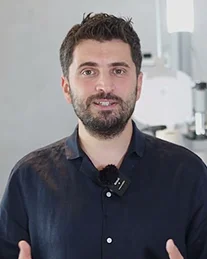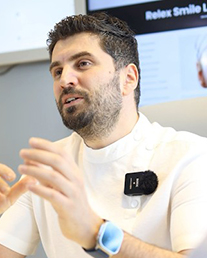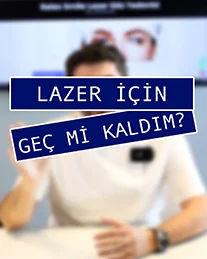Göz Sağlığı ve Hastalıkları Uzmanı Op. Dr. Ömer Takeş İzmir Alsancak’da bulunan Özel Göz Sağlığı, Hastalıkları ve Cerrahisi Muayenehanesinde; Katarakt, Akıllı Lens; Trifokal Lens, Lazer Cerrahileri; Femto-Lasik, Relex Smile, PRK, Lasek, No Touch-Lazer, ICL Cerrahisi, Pterjium Cerrahisi, Vitreoretinal Cerrahi ve Göz Kapağı Estetiğinde hastalarına hizmet vermektedir...












































